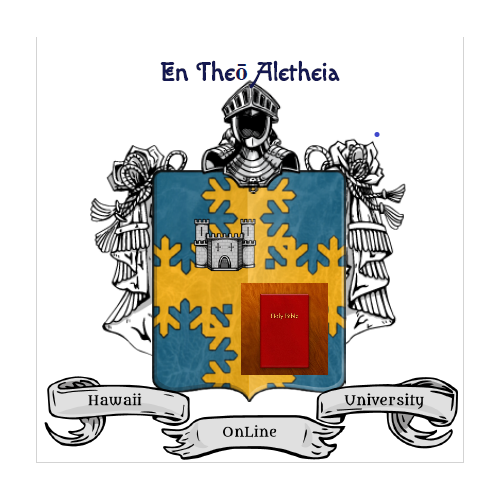Transfer of Credit Policy
The WASC Senior College and University and its Commission recognizes that each institution is responsible for determining its own policies and practices with regard to the transfer and award of credit.
- Institutions are encouraged to review their policies and practices periodically to ensure that they accomplish the institution’s objectives and that they function in a manner that is fair and equitable to students. As part of its review for candidacy, initial accreditation, or reaffirmation of accreditation, WSCUC will confirm that the institution has publicly disclosed its transfer of credit policies, including a statement of the criteria it has established regarding the acceptance of credit earnedat another institution of higher education.
- WSCUC will also verify that a list of institutions with which the institution has established articulation agreements is made publicly available. The following principles and criteria should be considered by an institution as it formulates its policies on acceptance of transfer credit.
- Transfer of credit is a concept that involves transfer between dissimilar institutions and curricula andrecognition of extra- institutional learning, as well as transfer between institutions and curricula of similar characteristics. As their personal circumstances and educational objectives change, students seek to have their learning, wherever and however attained, recognized by institutions where they enroll for further study.
- It is important, for reasons of social equity and educational effectiveness, as well as for the wise use of resources, for all institutions to develop reasonable and definitive policies and procedures for acceptance of transfer of credit. Such policies and procedures should provide maximum consideration for the individual student who has changed institutions or objectives.
- It is the receiving institution’s responsibility to provide reasonable and definitive policies and procedures for determining a student’s knowledge in required subject areas. All institutions have a responsibility to furnish transcripts and other documents necessary for a receiving institution to judge the quality and quantity of a student’s work. Institutions also have a responsibility to advise students that the work reflected on the transcript may or may not be accepted by a receiving institution.
ACCREDITED INSTITUTIONS
- Accreditation speaks primarily to the quality of the institution from which the student transfers, serving as the basic indicator that an institution meets certain minimum standards. In reviewing the accreditation status of an institution, special attention should be paid to whether the accrediting agency has received recognition from the Council for Higher Education Accreditation (CHEA).
- Although accrediting agencies vary in the ways they are organized and in their statements of scope and mission, all accrediting bodies that meet CHEA’s standards for recognition function to ensure that the institutionsor programs they accredit have met generally accepted minimum standards for accreditation.
- Accreditation affords reason for confidence in an institution’s or a program’s purposes, in the appropriateness of its resources and plans for carrying out these purposes, and in its effectiveness in accomplishing its goals, insofar as these things can be judged. Accreditation speaks to the probability, but does not guarantee, that students have met applicable standards of educational accomplishment.
Although we are not yet accredited by the WASC of any other accreditation commission, we follow their suggestions and principles.


